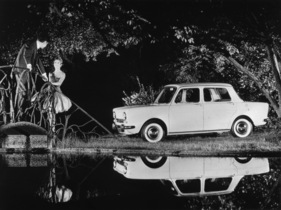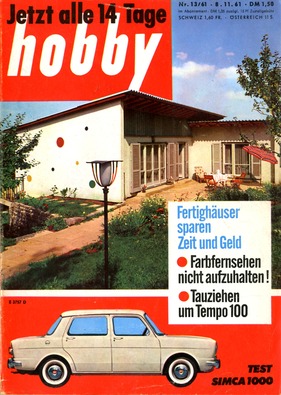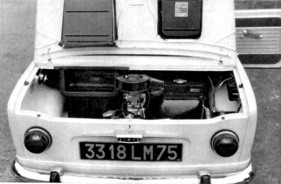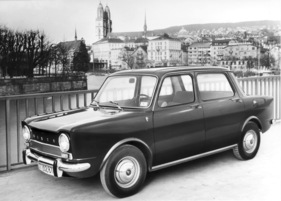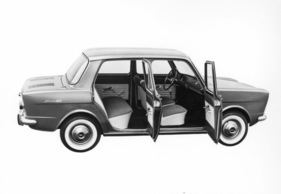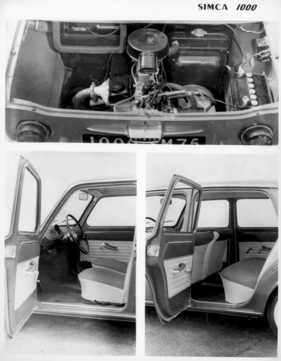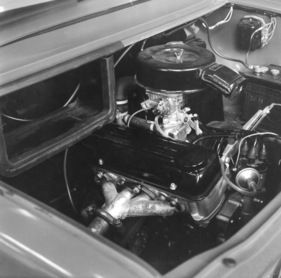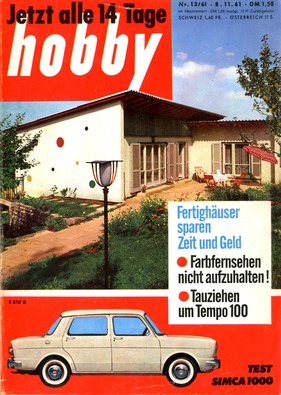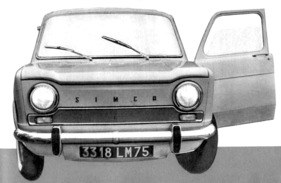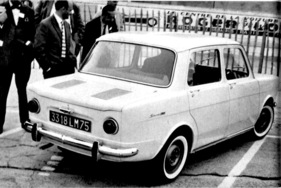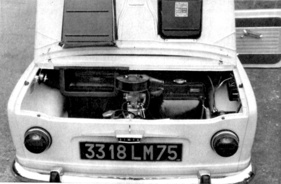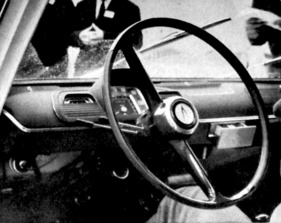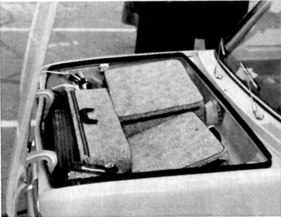Rear-engined late harvest - Test Simca 1000 from 1961
Summary
Heinz Kranz from the magazine "hobby" had high expectations when he traveled to Monthléry to test the new Simca 1000. And he was bitterly disappointed. Not in terms of the engine or the equipment, but in terms of the handling and the space, which did not quite fit in with a grown-up vehicle. This report reproduces the original wording of the test at the time and is supplemented with the pictures published at the time, as well as archive pictures and a sales brochure from the time.
This article contains the following chapters
- Practical and economical
- Below-average handling
- On the threshold from small car to lower middle class
- Insufficient braking power?
- Of course, there are also good points, e.g. the engine and gearbox
- Still some catching up to do in the suspension design
- Neat and friendly design
- Other manufacturers have gone better ways
- Caught between a chair and a bench
- Test results
Estimated reading time: 6min
Preview (beginning of the article)
It is really difficult to reconstruct the thought processes that led the Simca engineers to the new Simca 1000. The only thing that got around was that they didn't want to build a small large car in Poissy and not a large small car - the result confirms the thesis. The slightly outdated slogan 'bigger on the inside than on the outside' does not apply to the Simca 1000 either, as the car is even narrower on the inside than the Prinz 4, and what was gained in interior length with the rear engine was lost in the trunk, which has a capacity of 115 liters. The Prinz 4 has 250 liters! After what I have experienced with the Simca 1000, I can only say that it is a very practical car for the big city, with good acceleration, low fuel consumption, a very nice engine and a really fantastic, fully synchronized (Porsche) four-speed gearbox and four doors.
Continue reading this article for free?
Photos of this article


